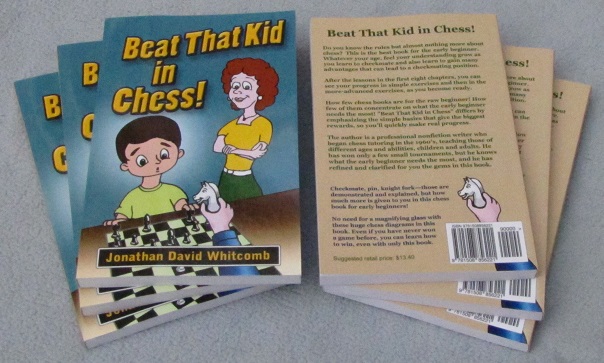Two Chess Books for Advanced Players
Modern Chess Openings (14th edition) versus Fundamental Chess Openings
These two large books on chess openings are both broad in their coverage. They include the following openings (but are not at all limited to them):
- Alekhine Defense
- Austrian Attack (Pirc)
- Benoni
- Bishop’s Opening
- Blumenfeld Counter Gambit
- Cambridge Springs Variation
- Caro-Kann Defense
- Catalan Opening
- Center Game
- Danish Gambit
- Dutch Defense
- English Opening
- Evan’s Gambit
- Four Knights Game
- French Defense
- Giuoco Piano (Italian Opening)
- Grunfeld Defense
- Hedgehog System (of the English Opening)
- King’s Gambit (Accepted and Declined)
- Latvian Gambit (Greco Counter Gambit)
- Max Lange Attack
- Muzio Gambit (of the King’s Gambit)
- Nimzo-Indian Defense
- Petroff Defense (AKA Petrov’s Defense)
- Pirc Defense
- Queen’s Gambit (Accepted and Declined)
- Reti Opening
- Ruy Lopez (Spanish Game)
- Scotch Opening
- Slav and Semi-Slav
- Stonewall Variation (of the Dutch Defense)
- Three Knights Game
- Torre Attack
- Two Knights Defense
- Vienna Game
Modern Chess Openings (MCO)
As of November 2, 2015, it has 38 customer reviews on Amazon:
34% five-stars
39% four-stars
16% three-stars
8% two-stars
3% one-star
Fundamental Chess Openings (FCO)
As of November 2, 2015, it has 62 customer reviews on Amazon:
55% five-stars
32% four-stars
7% three-stars
6% one-star
Conclusions
The Amazon readers reviews appear to favor FCO over MCO. Combine the top two ratings (those with favorable reviews):
MCO=73% and FCO=87% — that favors FCO
Combine the lowest two ratings (those with poor opinions of the books):
MCO=11% and FCO=6% — that favors FCO
###
.
Chess Book for a Beginner to Win Games
If you already know the rules of chess but losing has cut down some of the fun, “Beat That Kid in Chess” puts back the fun. . . . See where you can get a checkmate and where a position is not quite set up for checkmate . . .
Review of Some of the Best Chess Books
How is any publication a “best chess book?” That’s too deep a subject to cover well in this post. What does the reader want from the book? That’s easier to answer.
.
